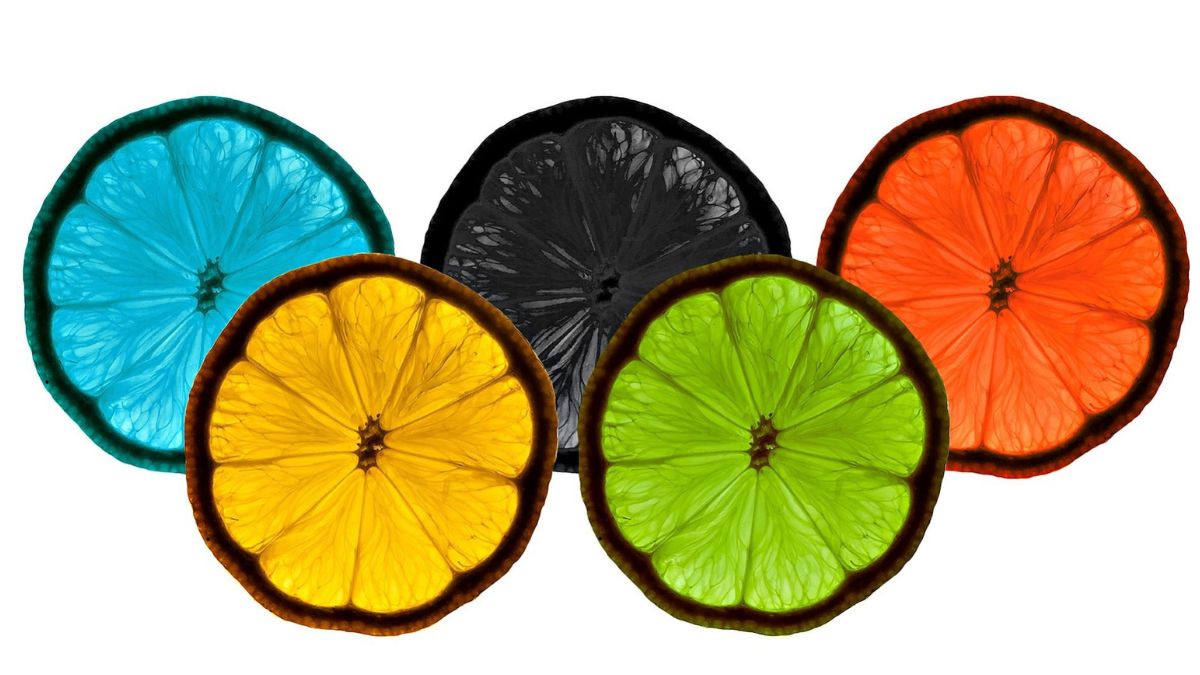When it comes to captivating hues in the world of food, anthocyanins take center stage. These natural pigments found in various fruits, vegetables, and flowers bring a burst of vibrant color to our plates. In this blog, we delve into the fascinating realm of anthocyanin food color, exploring their health benefits, culinary applications, and the visual delights they bring to our culinary experiences.
Anthocyanins: Nature’s Colorful Pigments
Anthocyanins are a group of water-soluble pigments that give fruits, vegetables, and flowers their stunning array of red, purple, and blue hues. These compounds belong to the flavonoid family and are synthesized by plants to protect them from environmental stressors. From the deep red of raspberries to the intense purple of eggplants and the rich blue of blueberries, anthocyanins create an enticing visual appeal that adds excitement to our meals.
Health Benefits of Anthocyanins
Beyond their eye-catching colors, anthocyanins also offer a host of health benefits. These natural pigments are potent antioxidants, which means they help neutralize harmful free radicals in the body, reducing the risk of chronic diseases such as heart disease and certain cancers. Additionally, anthocyanins have been linked to improved cognitive function, eye health, and anti-inflammatory properties. Including anthocyanin-rich foods in your diet can be a delicious way to enhance your overall well-being.
Culinary Applications
The culinary applications of anthocyanin-rich foods are as diverse as their colors. These vibrant ingredients can be used to create visually stunning dishes, desserts, and beverages. From colorful salads and smoothie bowls to luscious jams, sauces, and even natural food dyes, the possibilities are endless. The natural pigmentation of anthocyanins can be harnessed to create visually appealing layers, swirls, and patterns in culinary creations, making every meal a feast for the eyes.
Anthocyanin-Rich Foods
Anthocyanins can be found in a wide range of fruits, vegetables, and flowers. Some popular sources of anthocyanin food color include berries such as blueberries, strawberries, and blackberries. Dark-colored fruits like grapes and cherries also contain these vibrant pigments. Vegetables like red cabbage, red onions, and purple sweet potatoes are other excellent sources. Even certain flowers like pansies and hibiscus provide anthocyanin-rich petals that can be used to infuse color into drinks or as edible garnishes.
Preserving Anthocyanin Color
While anthocyanins are vibrant, they are also sensitive to changes in pH, light, and heat. To preserve their color, it is essential to minimize exposure to these factors during cooking and processing. Quick cooking methods, such as steaming or blanching, can help retain the vibrant colors of anthocyanin-rich ingredients. Additionally, storing them in cool, dark places and avoiding prolonged exposure to light can help maintain their pigmentation.
Exploring the Colorful World
Anthocyanin food color opens up a world of creativity in the kitchen. From bold reds to deep purples and captivating blues, these natural pigments allow us to play with an artist’s palette in our cooking adventures, transforming ordinary meals into visually stunning culinary masterpieces.
Conclusion
Anthocyanin food color brings visual allure and health benefits to our tables. By embracing the vibrant hues of these natural pigments, we not only create visually captivating dishes but also infuse our meals with the antioxidant power and well-being that nature provides. To know more about anthocyanin food colorings, go to food color manufacturers.











